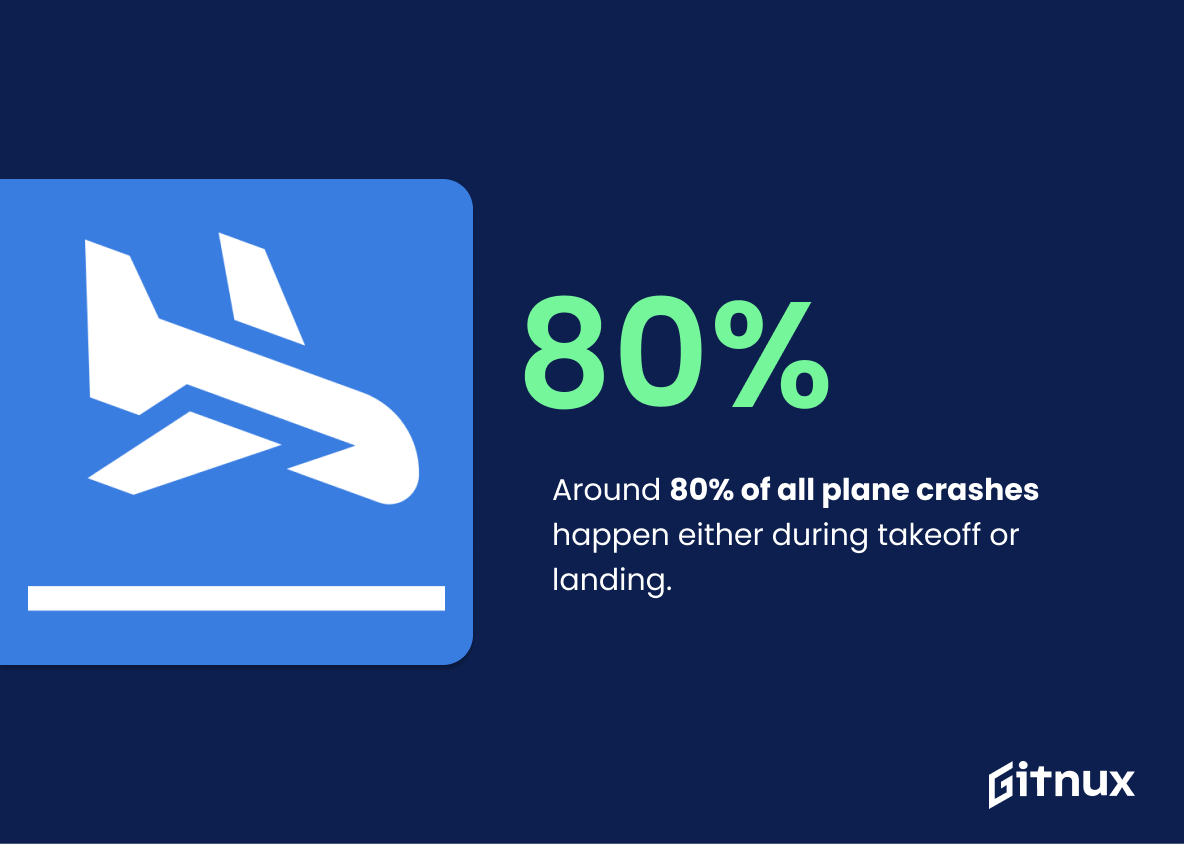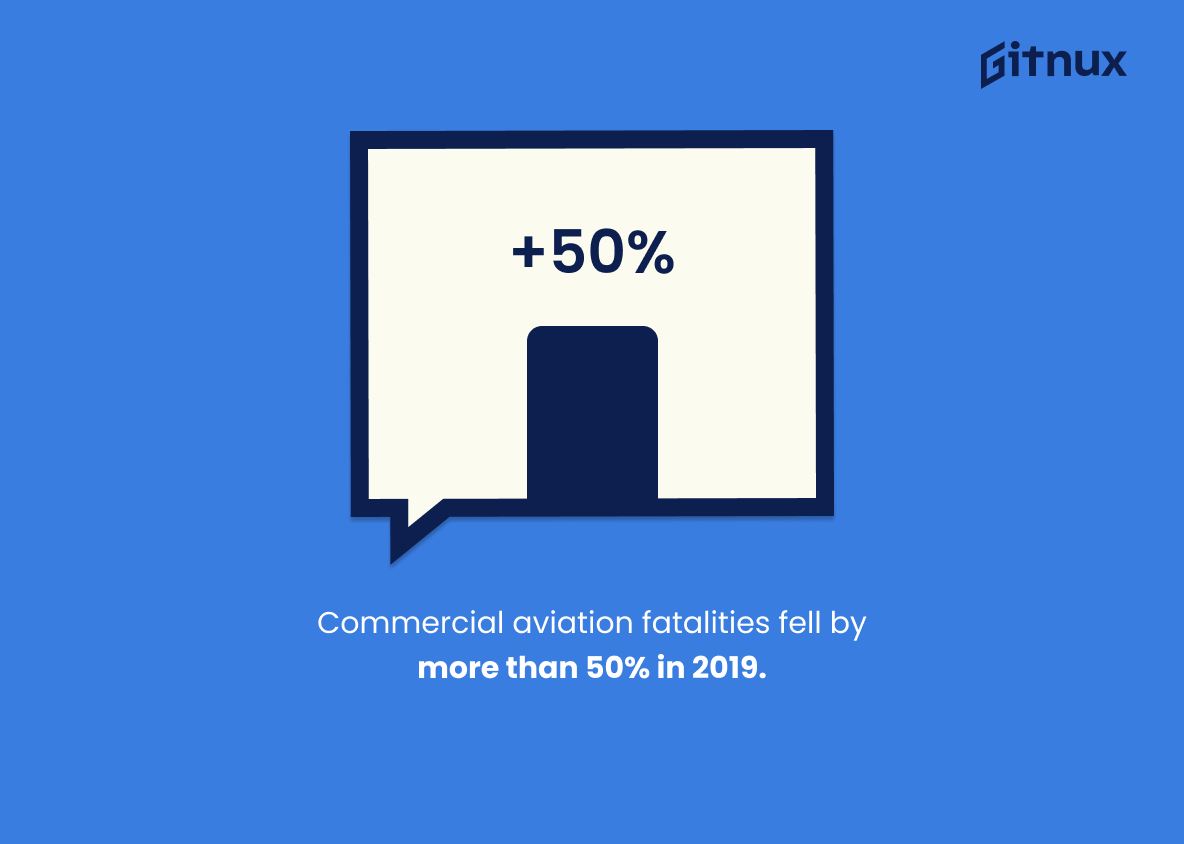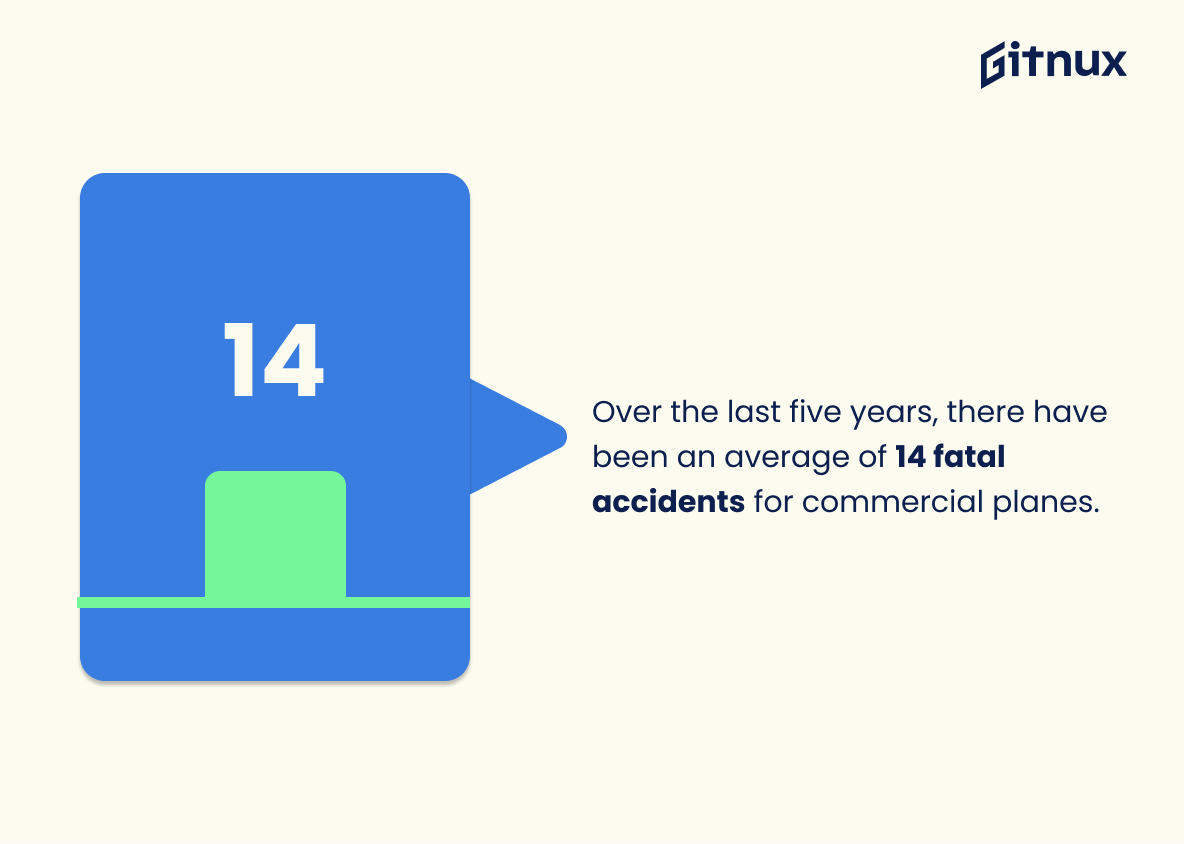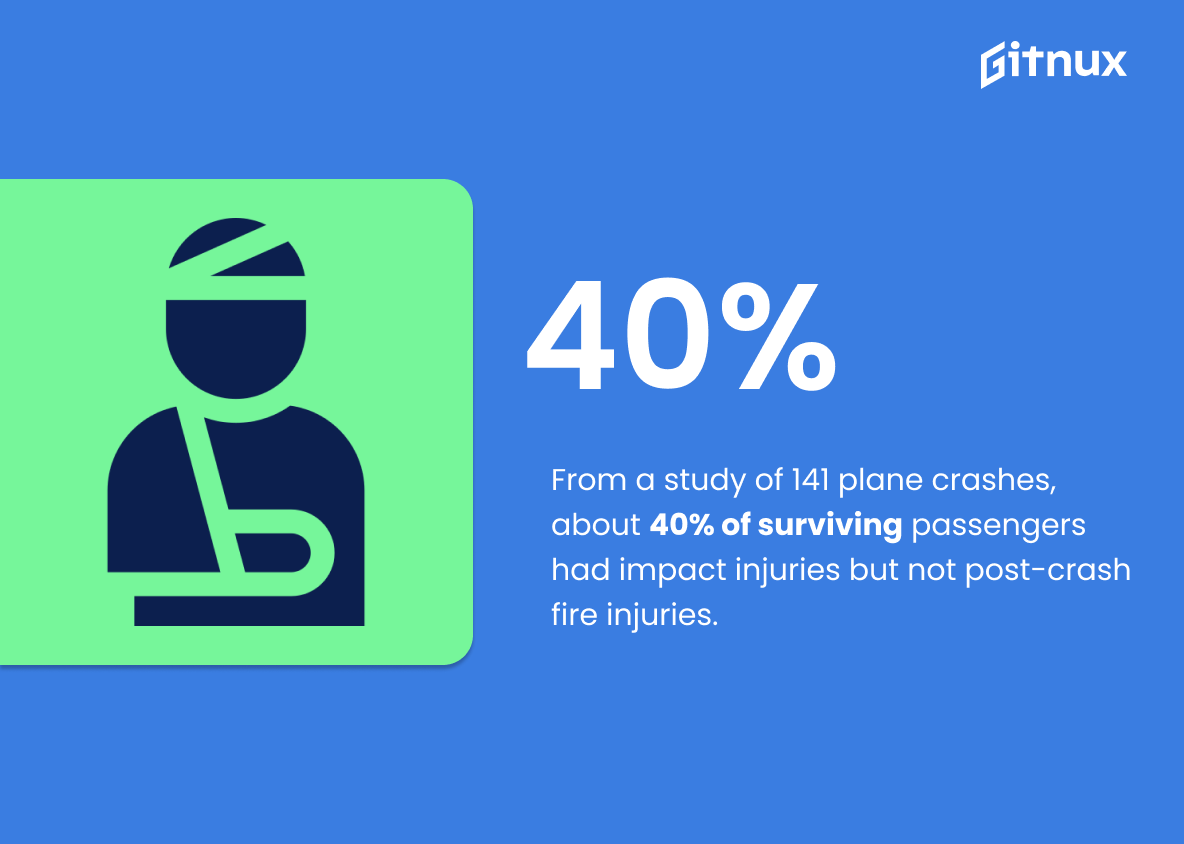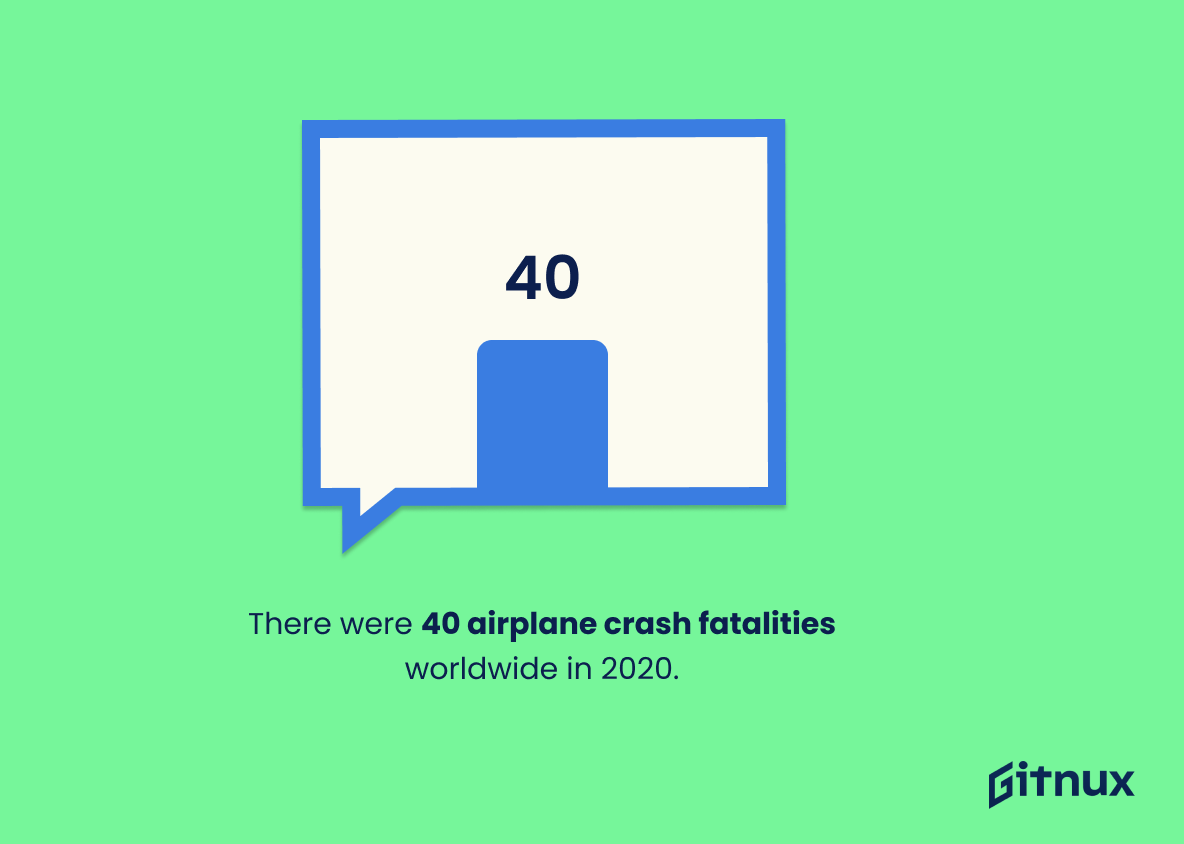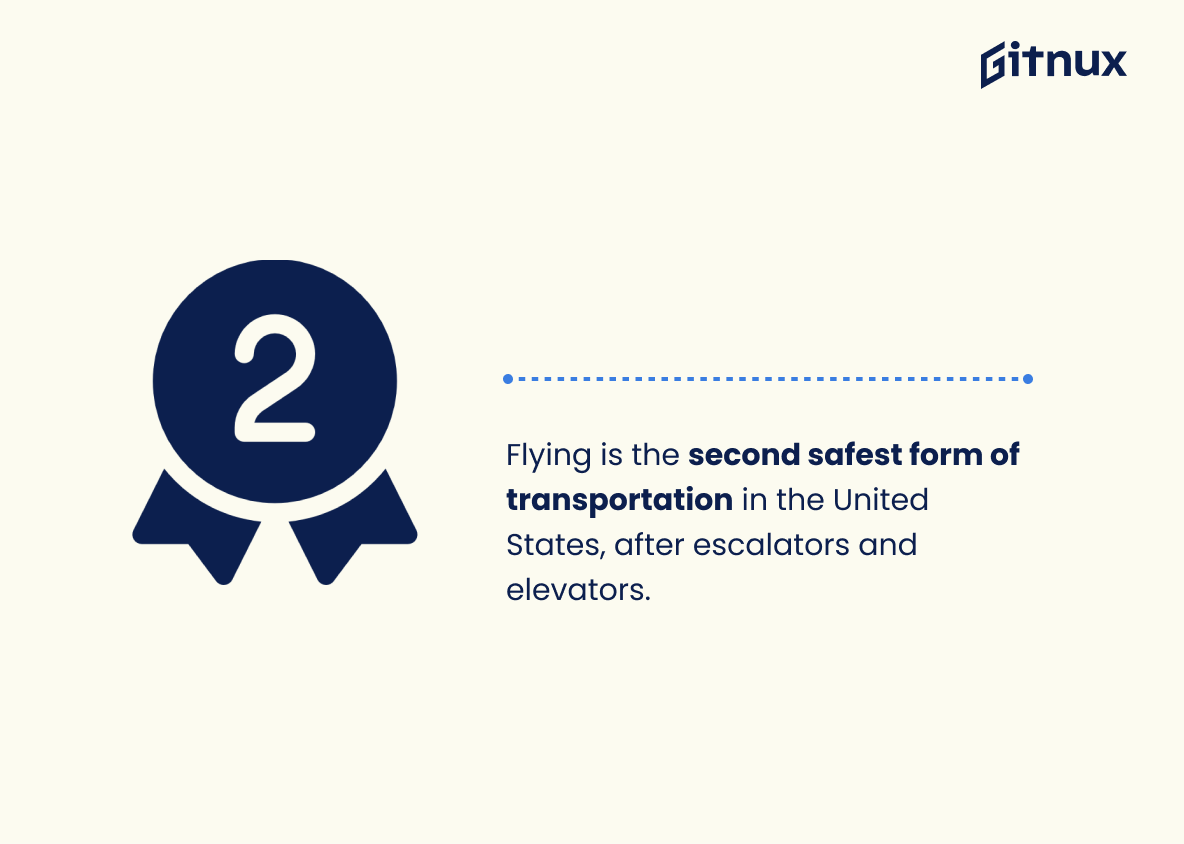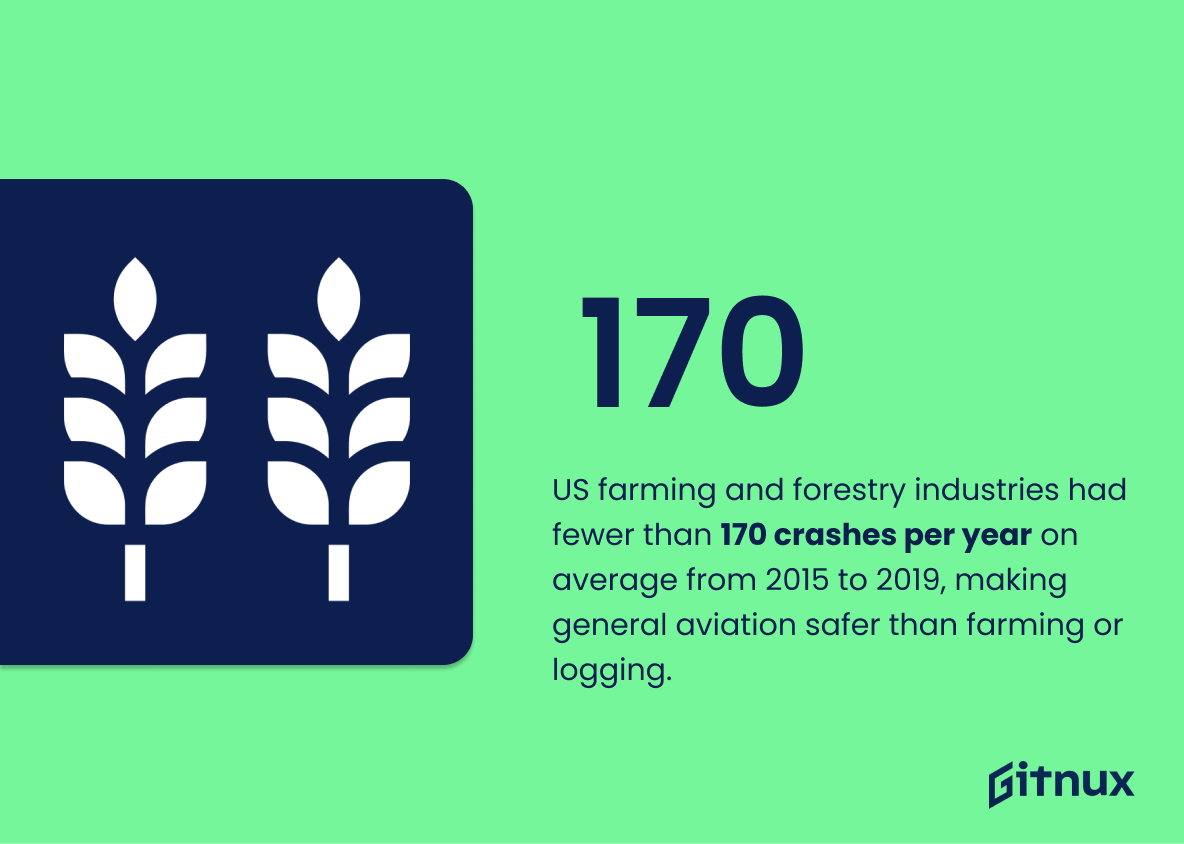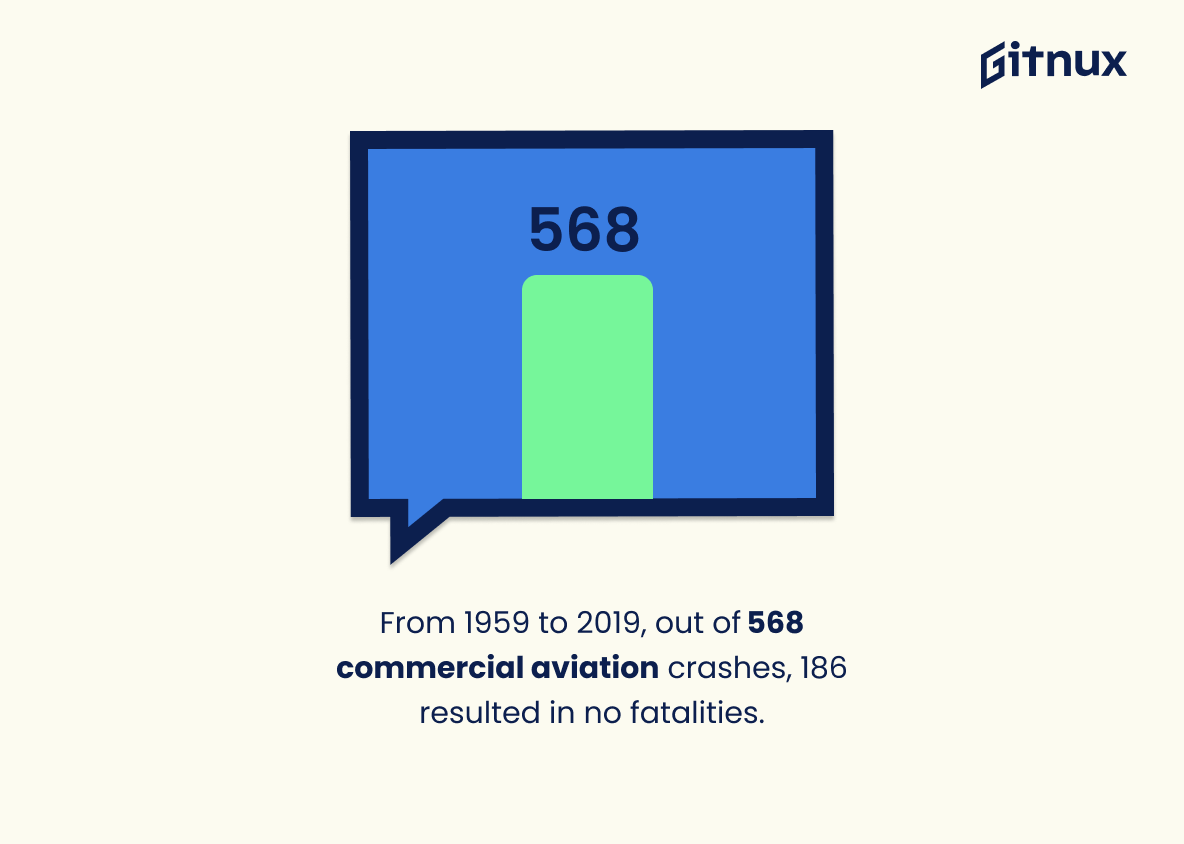In the grand scheme of life’s unpredictable adventures, an airplane journey tends to stir within us a certain degree of uneasiness, if not outright fear. It’s an ironic truth given that statistically, air travel remains one of the safest methods of transportation. However, perceptions generally veer towards the dramatic and, unfortunately, tragic events associated with plane crashes. In this blog post, we strive to dispel some common misconceptions and apprehensions by delving deep into genuine plane crash statistics. So fasten your seatbelt as we embark on a fact-filled journey, exploring the reality of airplane safety, presented through a comprehensive guide on plane crash statistics.
The Latest Plane Crash Statistics Unveiled
Around 80% of all plane crashes happen either during takeoff or landing.
Highlighting that around 80% of all plane crashes occur during takeoff or landing drops a significant pin on the aviation safety map. It emphasizes the crucial need to focus on improving safety protocols and technologies during these phases of flight. This nugget of information doesn’t simply hover in the background, it shouts for attention to these areas, providing direction for stakeholders in the aviation industry. As nerve-wracking as the statistic is, it offers a flight plan to address the problem areas. No one wants a bumpy ride, let alone a crash. Consequently, knowing where the majority of these incidents occur can focus the collaborative efforts of engineers, pilots, and air traffic controllers, aiming to decrease these stats and make the skies even safer.
Commercial aviation fatalities fell by more than 50% in 2019.
Highlighting a dramatic reduction in commercial aviation fatalities, like the over 50% drop seen in 2019, brings a wave of reassurance to those threading the tumultuous world of aviation stories. Within a blog post thoroughly immersed in plane crash statistics, these figures serve as a beacon of progress. They punctuate the narrative, illustrating our advancements in safety measures, improved aircraft technology, and rigorous pilot training programs. Ultimately, this decline underscores a crucial shift in the aviation safety culture, a promising and uplifting trend that provides a much-needed counterbalance to the usually somber topic of airline crashes.
There were no fatal commercial passenger crashes in 2017.
Highlighting the fact that there were no fatal commercial passenger crashes in 2017 brings a touch of relief to the astonishing world of plane crash statistics. It serves as a beacon of progress in aviation safety, showing that even in an industry where error margins are incredibly narrow, zero fatality is a feasible goal. Amidst the regular discourse about terrible aviation disasters, such statistics stand out as a reminder that we are making strides towards safer skies, setting a landmark year for airlines and regulatory authorities across the globe.
Over the last five years, there have been an average of 14 fatal accidents for commercial passenger and cargo planes.
Drill into the aforementioned statistic, an intriguing data point floats to the surface – an average of 14 fatal accidents annually for commercial passenger and cargo planes over the past five years. This statistic weaves an essential thread in the greater narrative about plane crash statistics. Accessible and comprehensive, it provides a firm foundation for assessing the relative safety of air travel.
Furthermore, it helps gauge the efficacy of existing aviation safety regulations and technologies, shedding light on whether they’ve managed to curb the frequency of these fatal incidents. This further prompts investigations into the causes and contexts of these accidents, such as predominant aircraft types involved, human errors, geographical factors, and more.
Lastly, this compelling piece of information helps potential passengers or cargo shippers make evidence-based decisions by examining the risk profile of air travel. In the dazzling world of big data, such gems can empower informed decision making, advancing the discourse on air safety.
Between 1983 and 2000, the most common cause of death in plane crashes was attributed to fire and smoke.
In the realm of plane crash statistics, understanding the key factors that contribute to the fatal outcomes is crucial. Taking a trip down memory lane, specifically between 1983 and 2000, sheds light on a rather significant and startling trend: fire and smoke were the chief culprits in causing death in plane crashes. This statistic serves as a stark reminder of the pressing need for strengthening fire safety measures in aviation. It emphasizes the paramount importance of ongoing research and technological advancements, aimed at preventing or managing in-flight fires, and ultimately enhancing passenger safety. It forms a strong foundation for any discussion or argument concerning the continuously evolving field of aircraft safety regulations and standards.
From a study of 141 plane crashes – about 40% of passengers had injuries from surviving the impact but not the post-crash fires.
Taking a bird’s eye view of this dramatic statistic, we realize it does not merely exist in isolation. it vividly paints a striking part of the broader canvas of plane crash experiences. It features in a blog post on Plane Crash Statistics, illuminating an urgency around survival strategies post-impact. Nearly 40% of passengers survive the impact, but succumb to injuries from post-crash fires – a discovery that goes beyond tragedy to hint at critical safety questions and potential procedural improvements.
By fleshing out this grey area, it becomes a vital catalyst for conversation, instigating dialogue on implementing more effective exit strategies, enhancing smoke and fire suppression systems in aircraft construction, as well as optimizing the design to limit the spread of fires. It endows passengers, airlines, and safety regulators with a broader perspective, highlighting the significance of comprehensive safety measures that extend beyond the crash’s immediate impact.
There were 40 airplane crash fatalities worldwide in 2020.
The resonance of the statistic – ‘There were 40 airplane crash fatalities worldwide in 2020’, in a blog post on Plane Crash Statistics cannot be overlooked. It serves as a pivotal revealing element that unearths the macroscopic view of global aviation safety in the previous year. The figure is not just a standalone number but rather an indicator of the intricate meshwork of work put into aviation safety advancements, the effects of worldwide lockdowns due to the Covid-19 pandemic, and possibly changes in flying patterns and operations. It lays down a constructive foundation for readers and analysts alike to track and comprehend the trends, improvements, or needed modifications in flight protocols. Such a statistics works as a launchpad allowing an in-depth dissection of the multifaceted path towards making air travel safer.
Flying is the second safest form of transportation in the United States, after escalators and elevators.
Highlighting the statistic that flying is the second safest form of transportation in the United States, just behind escalators and elevators, sheds new light on plane crash statistics, framing them in a broader context. Underneath the grim and alarming headlines about plane crashes, there is an underlying reality about aviation safety that often tends to be overlooked. From the vantage point of this statistic, it becomes apparent that despite the high-profile nature of aircraft accidents, the safety record of aviation is exceptional compared to other forms of transport. This perspective injects a dose of objectivity and balance into the conversation about plane crash statistics, reminding readers that fears of flying are often inflated beyond their actual risk.
Around 92% of aircraft crash victims survive.
Painting a broader picture of aircraft-related mishaps, the statistic that around 92% of aircraft crash victims survive unravels a commonly held misconception. It establishes an unexpected thread of hope in the backdrop of fear and uncertainty. Amidst stories that often focus on the tragic outcomes of plane crashes, this inviting insight highlight the remarkable success rate of survival. It serves as a gentle reminder that while plane crashes are indeed terrifying, a majority of individuals embroiled in the incident live to tell their tale. Precisely, this stark statistic changes our perspective, pulling the narrative away from doom and gloom and shedding light on humanity’s resilience and the aviation industry’s commitment to safety.
In 2019, there were 53 plane crashes, down from 62 in 2018.
Peering into the world of plane crash incidents, this shift from 62 to 53 incidents between the years 2018 and 2019 offers a sigh of relief, suggesting an emergence of safer skies. It’s an affirmation of increased aviation safety and efficiency, a soothing balm to those anxious about air travel. This noticeable reduction could be the result of improved training procedures, advanced technological updates, or stricter regulatory measures, and paints an optimistic picture of steady progress in air travel safety. In essence, the falling numbers reflect a promise — the airline industry’s continuous commitment to secure and safeguard lives in transit.
From 2015 to 2019, there were an average of fewer than 170 crashes per year in US farming and forestry industries, making general aviation statistically safer than farming or logging.
Immersing ourselves in the world of plane crash statistics, we often brace ourselves for a fear-induced turbulence of troubling facts. However, our journey through these numbers touches down on an unexpectedly reassuring runway. The comparison between U.S general aviation and the farming or logging industries, surprisingly, offers a safety vest for those anxious about airplane safety. During 2015-2019, an average of fewer than 170 crashes occurred annually in the farming and forestry industries, positioning general aviation as statistically safer.
Peering through the cabin window of data, we find an illuminating perspective that challenges prevailing beliefs. When we take stock of these comparative crash numbers, we see a softer, less frightening terrain. The fact we can navigate through tells us, in no uncertain terms, that stepping on an aircraft might not be as perilous as we often perceive. In adding the size of the farming industry into the equations, the pivotal importance of this statistic becomes clear. While traversing the skies may seem a daunting affair, the humble farmland or mighty forest may conceal more risks than we might think.
From 1959 to 2019, out of 568 commercial aviation crashes, 186 resulted in no fatalities.
Delving into the realms of aviation safety, the statistic leads us on a remarkable journey revealing that out of 568 commercial aviation crashes from 1959 to 2019, about one-third (186 to be exact) resulted in no fatalities. Not only does this figure resonate with an increasing trend towards safety protocols in aviation, but also seeks to debunk the grim misconception that plane crashes always end in catastrophic loss of lives. As this datapoint diligently threads through six decades, it forms an integral anchor of our narrative on Plane Crash Statistics, marking milestones of progress in passenger safety, and invoking a contrasting view against the traditional doomsday images associated with plane crashes. Through every crash that bore no fatalities, it silently salutes the resilience, technological advancements, and proficient emergency response mechanisms that cement the robust fortress of air travel safety.
Conclusion
Despite the shock and fear that often accompany headlines about plane crashes, analysis of data consistently portrays air travel as one of the safest means of transportation. While the loss of any life is tragic, the safety measures, stringent regulations, and continuous advancements in aviation technology drastically reduce the risk of fatalities in air travel. Plane crash statistics have consistently showcased a decline in fatal accidents over the past decades, reflecting the industry’s ongoing commitment to safety. We should strive to keep our perspective in tune with the statistics, acknowledging the rarity of these incidents amidst the millions of successful flights each year. So, it is time to replace fear with facts, enabling us to heighten our appreciation for the miracle of flight. However, there’s always room for improvement, and the aviation industry continues to work relentlessly to eliminate all risks and ensure everyone arrives safely at their destination.
References
0. – https://www.www.wired.com
1. – https://www.aviation-safety.net
2. – https://www.www.statista.com
3. – https://www.www.nsc.org
4. – https://www.edition.cnn.com
5. – https://www.www.aopa.org
6. – https://www.www.faa.gov
7. – https://www.www.bbc.com
8. – https://www.www.1001crash.com
9. – https://www.www.ntsb.gov
10. – https://www.www.sciencedaily.com
